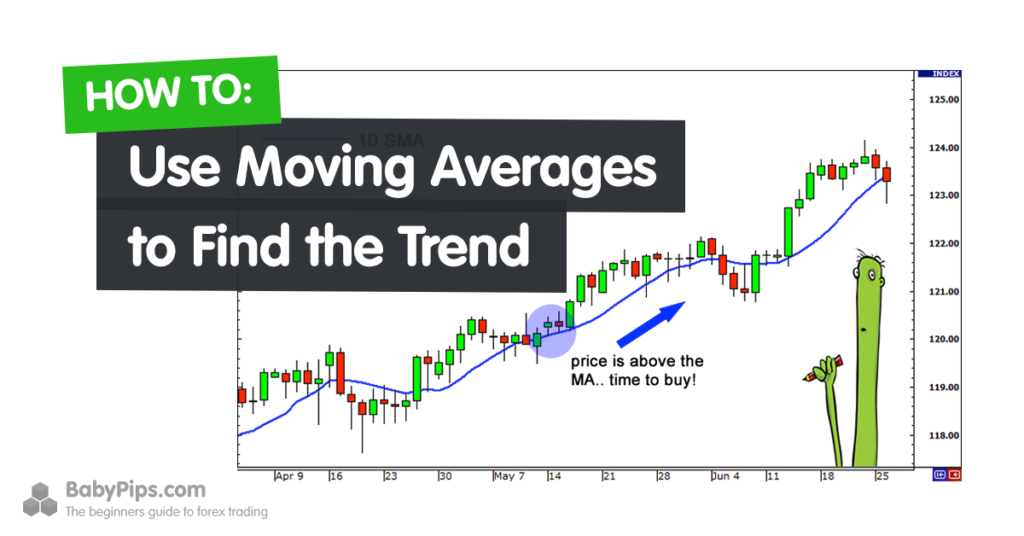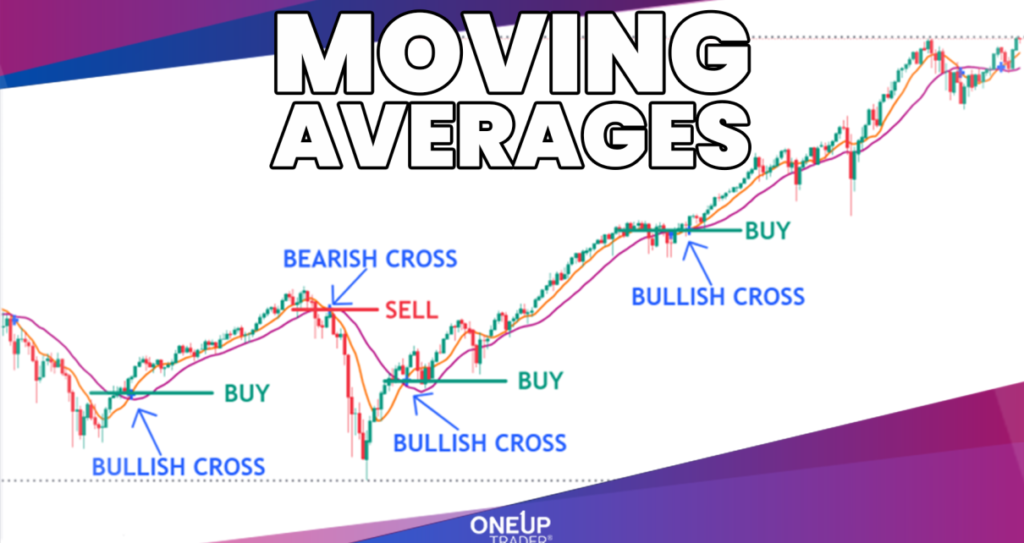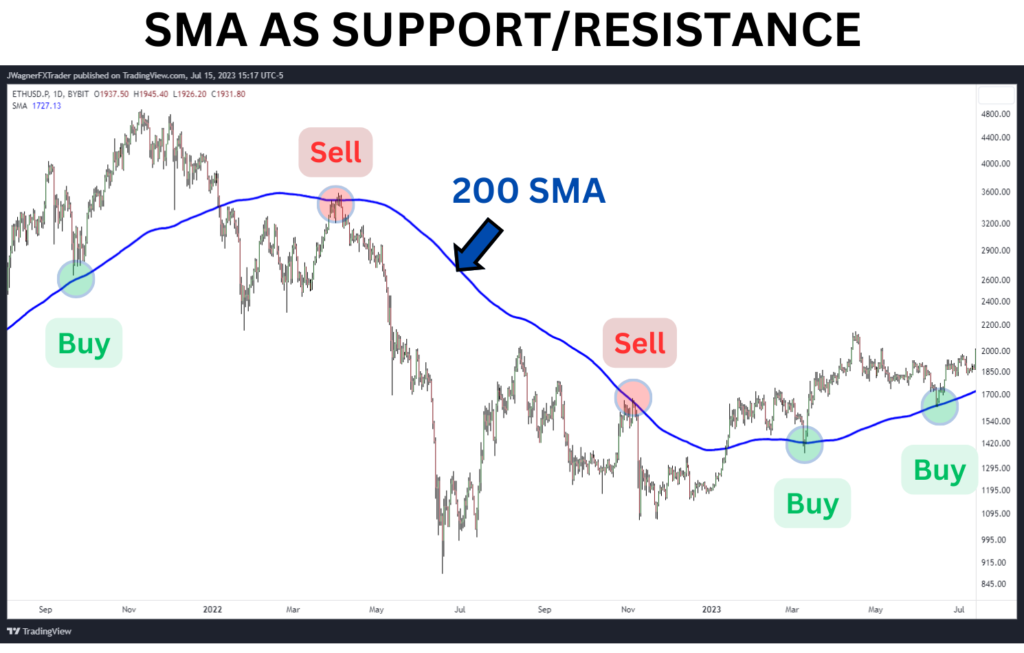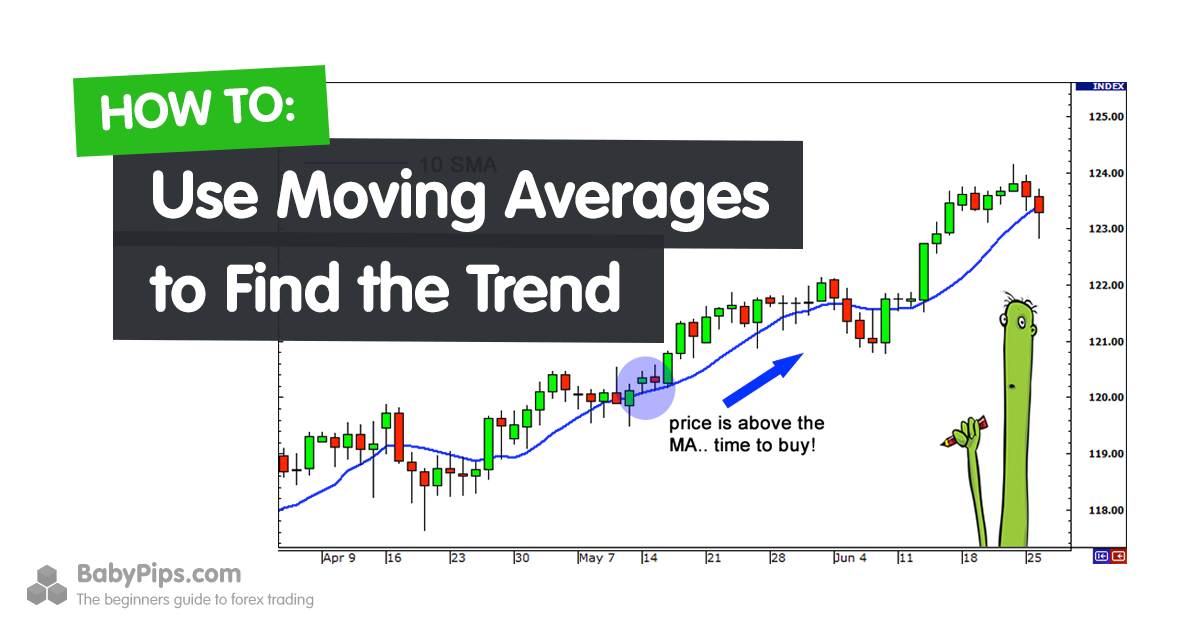A Simple Moving Average (SMA) is a fundamental tool in technical analysis, employed to smooth out price data and identify trends by calculating the average price of an asset over a specified number of periods. This method aids traders and analysts in discerning the direction of an asset’s price movement, filtering out short-term fluctuations to highlight longer-term trends.
What Is a Simple Moving Average (SMA)?
A simple moving average (SMA) calculates the average price of an asset, usually using closing prices, during a specified period of days.

Key Takeaways
- A simple moving average calculates the average price during a specified period of time.
- A simple moving average is a technical indicator that can aid in determining if an asset price will continue or if it will reverse a bull or bear trend.
- A simple moving average can be enhanced as an exponential moving average (EMA) that is more heavily weighted on recent price action.
Simple Moving Average (SMA): The average of a selected range of prices, usually closing prices, by the number of periods in that range.
Investopedia / Michela Buttignol
Understanding Simple Moving Average (SMA)
A simple moving average (SMA) is an arithmetic moving average calculated by adding recent prices and then dividing that figure by the number of time periods in the calculation average. For example, one could add the closing price of a security for a number of time periods and then divide this total by that same number of periods. Short-term averages respond quickly to changes in the price of the underlying security, while long-term averages are slower to react. There are other types of moving averages, including the exponential moving average (EMA) and the weighted moving average (WMA).
Image Investopedia / Sabrina Jiang
The formula for SMA is:
SMA = (A₁ + A₂ + … + Aₙ) / n
where:
- Aₙ = the price of an asset at period n
- n = the number of total periods
For example, this is how you would calculate the simple moving average of a security with the following closing prices over a 15-day period.
- Week One (5 days): 20, 22, 24, 25, 23
- Week Two (5 days): 26, 28, 26, 29, 27
- Week Three (5 days): 28, 30, 27, 29, 28
20 + 22 + 24 + 25 + 23 + 26 + 28 + 26 + 29 + 27 + 28 + 30 + 27 + 29 + 28 = 392
392 / 15 = 26.13
The 15-day simple moving average for this security would be $26.13.
A 10-day moving average would average out the closing prices only the most recent 10 days rather than using all 15. Each day when the stock market closes, there is a new most recent closing price. This replaces the oldest one being used, and a new, up-to-date moving average is calculated. A 50-day moving average would use 50 days worth of data to compute the average price on a rolling basis.
A simple moving average is customizable because it can be calculated for different numbers of time periods. This is done by adding the closing price of the security for a number of time periods and then dividing this total by the number of time periods, which gives the average price of the security over the time period.
A simple moving average smooths out volatility and makes it easier to view the price trend of a security. If the simple moving average points up, this means that the security’s price is increasing. If it is pointing down, it means that the security’s price is decreasing. The longer the time frame for the moving average, the smoother the simple moving average. A shorter-term moving average is more volatile, but its reading is closer to the source data.
One of the most popular simple moving averages is the 200-day SMA. However, there is a danger to following the crowd. As The Wall Street Journal explains, since thousands of traders base their strategies around the 200-day SMA, there is a chance that these predictions could become self-fulfilling and limit price movements.

Special Considerations
Analytical Significance
Moving averages are an important analytical tool used to identify current price trends and the potential for a change in an established trend. The simplest use of an SMA in technical analysis is using it to quickly determine if an asset is in an uptrend or downtrend.
Another popular, albeit slightly more complex, analytical use is to compare a pair of simple moving averages with each covering different time frames. If a shorter-term simple moving average is above a longer-term average, an uptrend is expected. On the other hand, if the long-term average is above a shorter-term average then a downtrend might be the expected outcome.
Popular Trading Patterns
Two popular trading patterns that use simple moving averages include the death cross and a golden cross. A death cross occurs when the 50-day SMA crosses below the 200-day SMA. This is considered a bearish signal, indicating that further losses are in store. The golden cross occurs when a short-term SMA breaks above a long-term SMA. Reinforced by high trading volumes, this can signal further gains are in store.
Simple Moving Average vs. Exponential Moving Average
In contrasting an exponential moving average (EMA) and a simple moving average the major difference is the sensitivity each one shows to changes in the data used in its calculation. More specifically, the EMA gives a higher weighting to recent prices, while the SMA assigns an equal weighting to all values.
The two averages are similar because they are interpreted in the same manner and are both commonly used by technical traders to smooth out price fluctuations. Since EMAs place a higher weighting on recent data than on older data, they are more reactive to the latest price changes than SMAs are, which makes the results from EMAs more timely and explains why the EMA is the preferred average among many traders.
Limitations of Simple Moving Average
It is unclear whether or not more emphasis should be placed on the most recent days in the time period or on more distant data. Many traders believe that new data will better reflect the current trend the security is moving with. At the same time, other traders feel that privileging certain dates over others will bias the trend. Therefore, the SMA may rely too heavily on outdated data since it treats the 10th or 200th day’s impact the same as the first or second day’s.
Similarly, the SMA relies wholly on historical data. Many people (including some economists) believe that markets are efficient. This is known as the efficient market hypothesis. It holds that current market prices already reflect all available information. If markets are indeed efficient, using historical data should tell us nothing about the future direction of asset prices. There are some economic and financial thinkers who support this hypothesis, and plenty of others who oppose it.
How Are Simple Moving Averages Used in Technical Analysis?
Traders use simple moving averages (SMAs) to chart the long-term trajectory of a stock or other security, while ignoring the noise of day-to-day price movements. This allows traders to compare medium- and long-term trends over a larger time horizon. For example, if the 50-day SMA of a security falls below its 200-day SMA, this is usually interpreted as a bearish death cross pattern and a signal of further declines. The opposite pattern, the golden cross, indicates potential for a market rally.

Understanding the Simple Moving Average (SMA): Definition and Formula
A Simple Moving Average (SMA) is a fundamental tool in technical analysis, employed to smooth out price data and identify trends by calculating the average price of an asset over a specified number of periods. This method aids traders and analysts in discerning the direction of an asset’s price movement, filtering out short-term fluctuations to highlight longer-term trends.
Calculating the Simple Moving Average
The formula for computing the SMA is straightforward:
SMA = (A₁ + A₂ + … + Aₙ) / n
Where:
- Aₙ represents the price of the asset at period n.
- n denotes the total number of periods considered.
For instance, to calculate a 5-day SMA for a stock with closing prices of $10, $11, $12, $11, and $14 over five consecutive days, the calculation would be:
SMA = ($10 + $11 + $12 + $11 + $14) / 5 = $58 / 5 = $11.60
This result indicates that over the past five days, the average closing price of the stock was $11.60.
Applications of the Simple Moving Average in Technical Analysis
The SMA serves multiple purposes in technical analysis:
- Trend Identification: By analyzing the direction of the SMA, traders can determine the prevailing trend. An upward-sloping SMA suggests a bullish trend, while a downward-sloping SMA indicates a bearish trend.
- Support and Resistance Levels: SMAs can act as dynamic support or resistance levels. Prices often retrace to the SMA before continuing in the direction of the trend, providing potential entry or exit points for traders.
- Signal Generation: Crossovers involving SMAs are commonly used to generate trading signals. For example, when a short-term SMA crosses above a long-term SMA, it may signal a buying opportunity, known as a Golden Cross. Conversely, when a short-term SMA crosses below a long-term SMA, it may indicate a selling opportunity, referred to as a Death Cross.
Simple Moving Average vs. Exponential Moving Average
While the SMA assigns equal weight to all data points within the selected period, the Exponential Moving Average (EMA) places greater emphasis on more recent prices. This characteristic makes the EMA more responsive to recent price changes, which can be advantageous in volatile markets. However, the increased sensitivity of the EMA may also lead to a higher frequency of false signals.
Limitations of the Simple Moving Average
Despite its widespread use, the SMA has certain limitations:
- Lagging Indicator: The SMA is inherently a lagging indicator, as it is based on historical data. This lag can result in delayed signals, potentially causing traders to miss optimal entry or exit points.
- Equal Weighting: By assigning equal weight to all data points, the SMA may not adequately reflect the significance of more recent price movements, which can be crucial in rapidly changing markets.

Enhancing Trading Strategies with the Simple Moving Average
Incorporating the SMA into trading strategies can enhance decision-making processes:
- Moving Average Crossovers: Utilizing multiple SMAs of varying periods can help identify potential trend reversals. For instance, a short-term SMA crossing above a long-term SMA may signal the beginning of an uptrend.
- Combining with Other Indicators: The effectiveness of the SMA can be augmented by using it in conjunction with other technical indicators, such as the Relative Strength Index (RSI) or Moving Average Convergence Divergence (MACD), to confirm signals and reduce the likelihood of false alarms.
Conclusion
The Simple Moving Average is a versatile and widely used tool in technical analysis, offering valuable insights into market trends and potential trading opportunities. By understanding its calculation, applications, and limitations, traders and analysts can effectively incorporate the SMA into their analytical toolkit to make more informed decisions in the financial markets.
